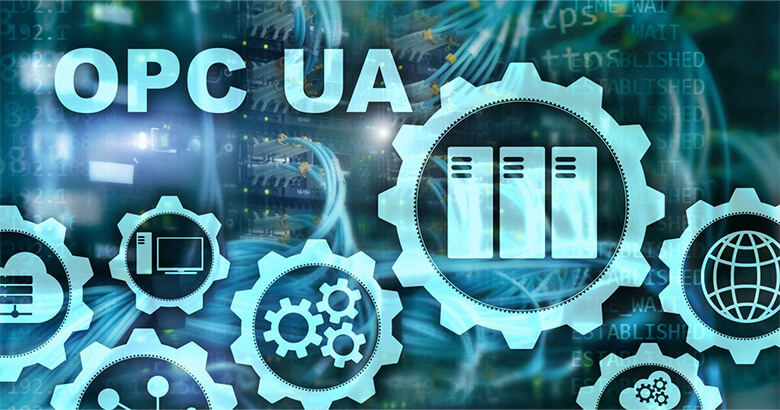OPC UA as standard for IIoT applications

OPC UA – a standard for the exchange of industrial process data with increasing importance. The SEEBURGER Business Integration Suite allows seamless integration into business processes.
What is OPC UA?
OPC UA, the ‘Unified Architecture’ (UA) of the OPC Foundation, is a standard for data exchange based on a platform-independent service-oriented architecture. It allows the manufacturer-independent semantic description of production lines, their components and their transport. OPC UA is also suitable for connecting machine data streams beyond internal networks and for cloud applications, not least because of the security features already anchored in the standard, making it an important pillar of networking in the sense of the Industrial Internet of Things (IIoT). An illustrative project is described in our article Collaborative product development and data exchange in mechanical engineering and other technical industries.
Specific data models (‘Companion Specifications’) already exist for many industries, each of which describes the typical application-related structures and can also serve as the basis for custom extensions. At present, the focus is still on describing the state of a production line and its various components, and less on the control system, which is often classically implemented via programmable logic controllers (PLC) or via proprietary programming environments supplied by the robot manufacturers.
How is OPC UA being used?
The most commonly used part of the OPC UA specification describes the ‘Data Access’ (DA) where an OPC UA server provides a hierarchical network of nodes with their current values. A common requirement is to adequately store this process data and make it available for later analysis. Due to the scope of this topic, this is discussed in detail in our related blog post Aggregation and logging of industrial process data by integrating heterogeneous data streams, with a focus on the application of OPC UA. With ‘Alarms & Events’ (AE) the OPC UA standard also includes a solution for notification when certain states occur.
Newer machines and their components are often already delivered ‘OPC UA ready’, for older machines a retrofit is possible, for example with devices like the ‘Arendar’. This creates all the prerequisites for comprehensive and secure further processing of the valuable data generated in industrial processes.
OPC UA and the SEEBURGER Business Integration Suite
Since release 6.7.89 (or 6.5.2 SP89) of the SEEBURGER Business Integration Suite, an OPC-UA adapter has been available which allows the integration of OPC-UA data streams into other business processes using the extensive connection options of a universal integration platform.
With OPC UA, an increasingly common standard for the seamless integration of industrial process data with more complex business processes is available. The SEEBURGER Business Integration Suite supports its application and thus enables numerous customer-specific solutions for processing industrial process data.
Source: https://blog.seeburger.com/opc-ua-as-standard-for-iiot-applications/
 industry-trend6.com
industry-trend6.com

This creates all the prerequisites for comprehensive and secure further processing of the valuable data generated in industrial processes.